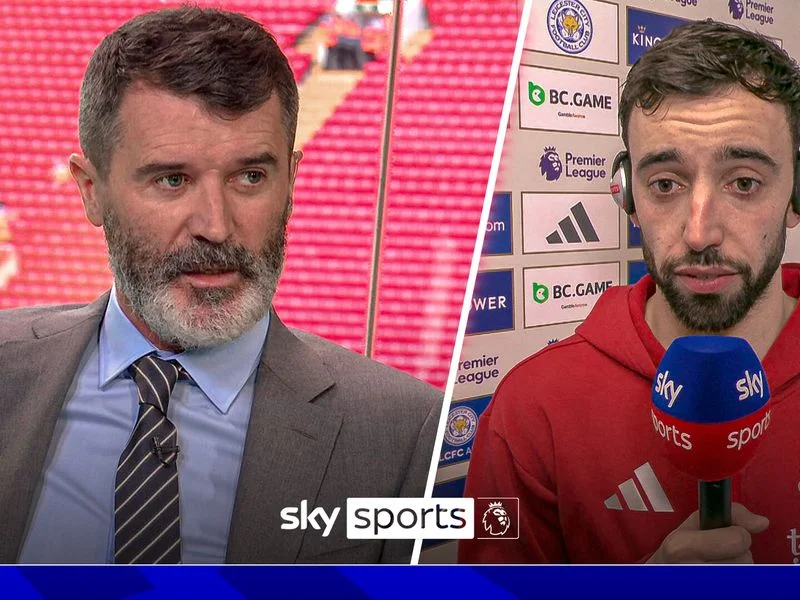
Sir Jim Ratcliffe’s Potential Manchester United Takeover Faces Major Hurdles
Sir Jim Ratcliffe, the billionaire behind INEOS, is reportedly considering a full takeover of Manchester United, but his path to ownership is fraught with significant challenges. Recent reports from Football Insider 247 indicate that Ratcliffe's ambition to acquire the club is now more serious than ever. However, the businessman faces two major issues that could hinder his plans. According to Kieran Maguire, a financial expert, Ratcliffe may need to inject up to £158 million to address the club's financial and infrastructural needs.
The current owners, the Glazer family, have been criticized for their management of the club, particularly for continuing to draw dividends despite the club's financial struggles. United in Focus has highlighted the reality of the Glazers' financial strategy, revealing that they are not willing to give up their dividends, which further complicates Ratcliffe's potential takeover. Moreover, Ratcliffe's net worth, ethnicity, and diverse business ventures have been under scrutiny as he navigates this high-stakes acquisition.
Related issues news
Are Man United leaving Old Trafford?
The new stadium, which will be the largest in the UK, will be built on club-owned land adjacent to Old Trafford, with architect Lord Norman Foster saying it will take five years to construct.
Where is the new Manchester United stadium being built?
The new stadium is set to be built on a site near the Old Trafford stadium, Manchester United's home since 1910. According to the BBC, once the construction is complete, the existing stadium is likely to be demolished.
How long will it take to build Manchester United's new stadium?
In a promotional video for the new stadium, architect Lord Norman Foster says the stadium will take five years to build. Video Player is loading.
What is the capacity of Old Trafford?
Criticism of Old Trafford, England's biggest club ground with a 74,140 capacity, has grown in recent years, with the stadium having not had significant redevelopment since 2006.